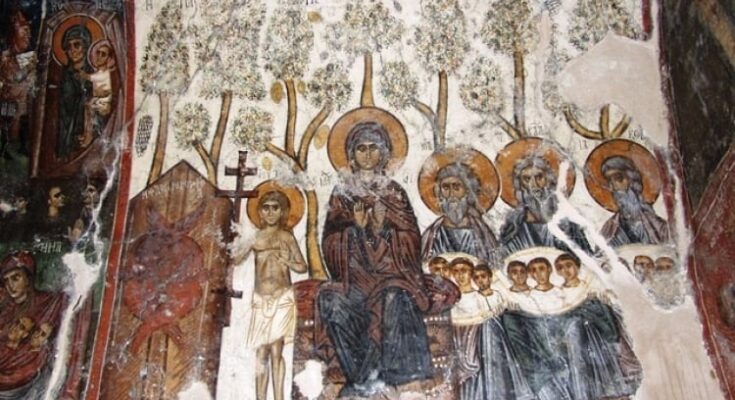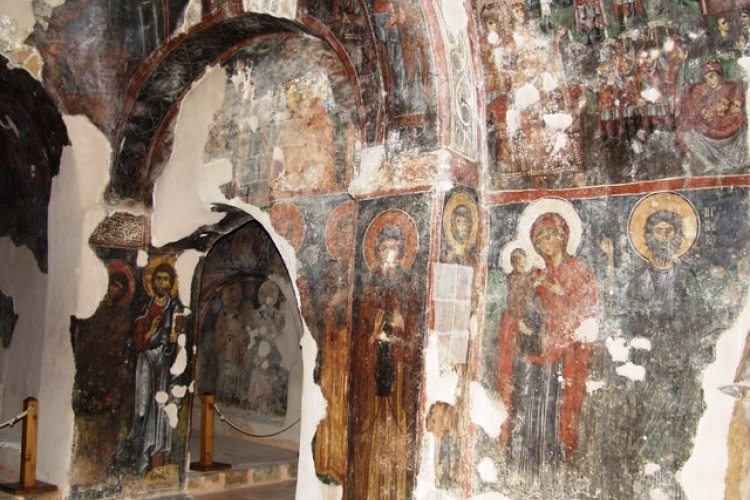
The church of Panagia Kera on Crete contains the finest-preserved Byzantine frescoes on the Greek island, and it is one of the most culturally and historically significant churches.
Located near the village of Kritsa in the municipality of Agios Nikolaos, it contains frescoes that date back to the Paleologian Renaissance, due to their vivid, bright colors which have withstood the test of time.
Panagia Kera founded in the 13th century
Although no founding date for the Church of Panagia Kera has been established, historical consensus agrees that the oldest parts of the church, the central nave, and its vaulted roof and dome were constructed and painted in the 13th century.
The triple-nave Byzantine church is dedicated to the Assumption of the Virgin Mary, to Saint Anthony and Saint Anna.
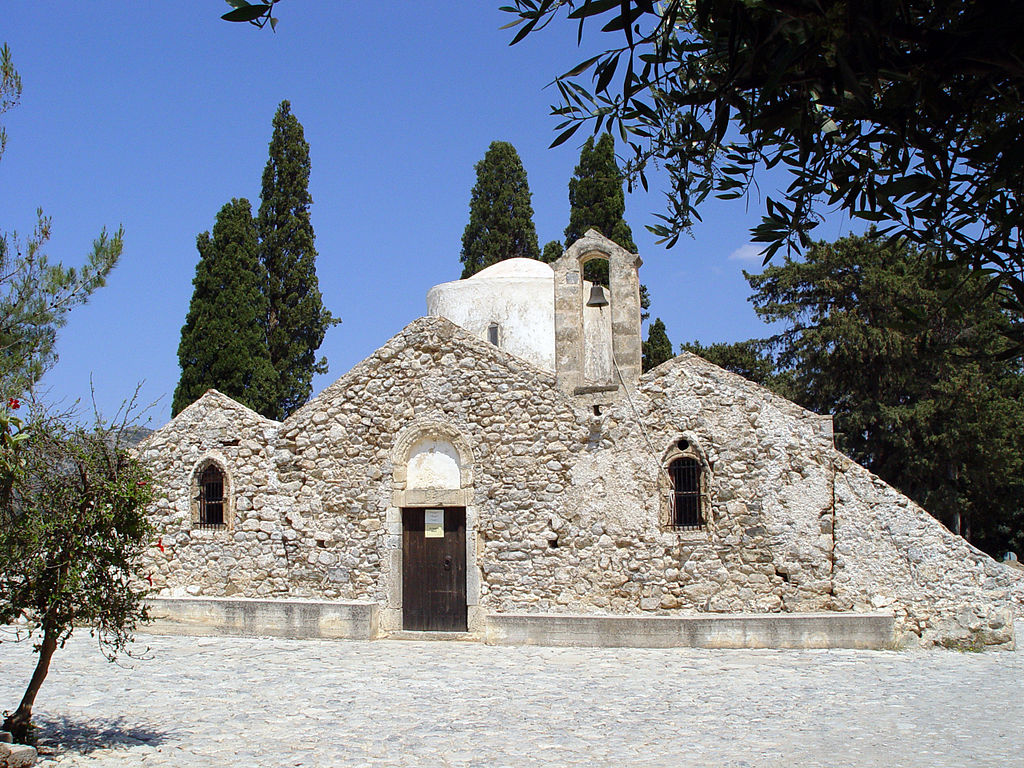
According to local tradition, the church contained an icon of the Virgin Mary, which was believed to possess miraculous powers.
During the period of Byzantine Iconoclasm, it was transported to Constantinople but was later returned. In 1498, during the Venetian occupation of Crete, a Greek trader stole the icon, which was later transported to the temple of Saint Alfonso, located on the Esquiline Hill in Rome.
Panagia Kera was later renovated by the Managgaris family in 1722, and, in 1732, the icon of the Virgin Mary was repainted in the church by an unknown artist.
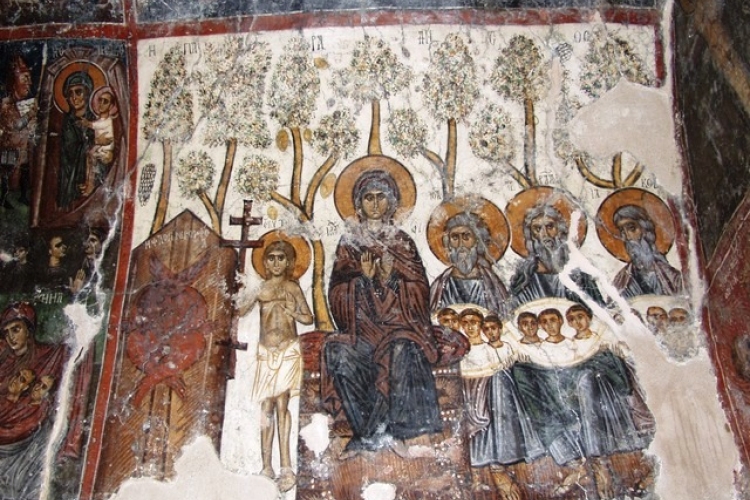
Byzantine frescoes on Crete
The frescoes on the dome and the central nave depict the following scenes from the New Testament: the Presentation, the Baptism, the Raising of Lazarus, and the Entry into Jerusalem.
The central aisle of the church is dedicated to the Virgin Mary and the Assumption. The frescoes on the western wall of the church depict the Crucifixion of Jesus and the Punishment of the Damned, with Michael the Archangel announcing the Second Coming.
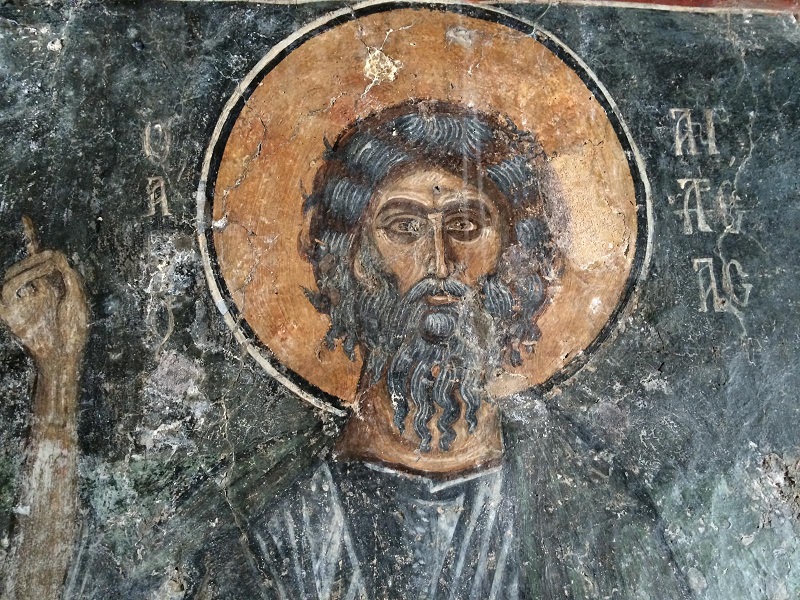
The south aisle of Saint Anne is decorated with images of the life of the Virgin Mary, and the north aisle is dedicated to Saint Anthony, with frescoes of the Second Coming and Judgement Day.
Next to the north aisle is a depiction of Heaven, complete with the Patriarchs Abraham, Isaac and Jacob, as well as the Virgin Mary.
The nearby village of Kritsa is one of the oldest and most picturesque villages on Crete, Greece, built amphitheatrically on a rock hill named Kastellos. It is surrounded by olive groves at an altitude of 375 meters. During the Middle Ages, it was thought to be the largest village in Crete.
